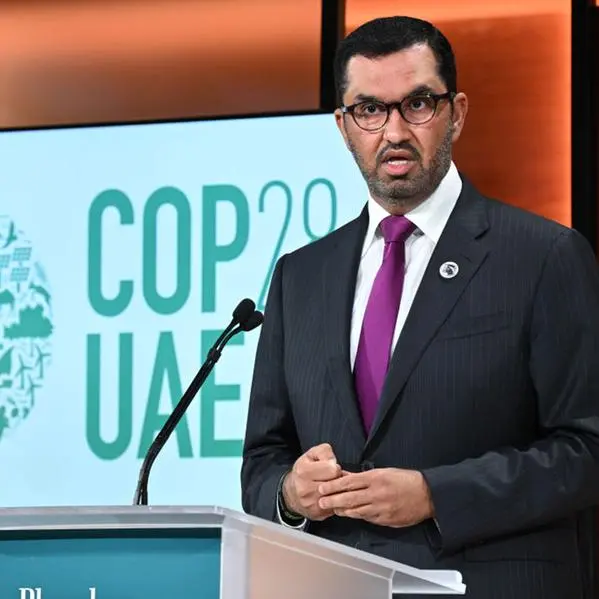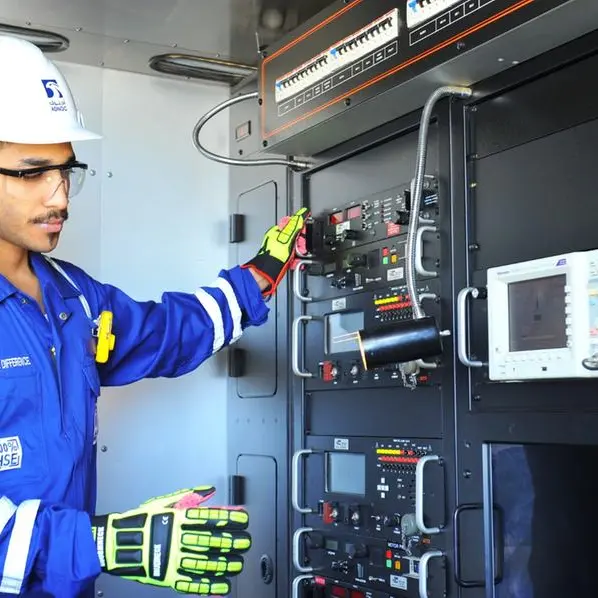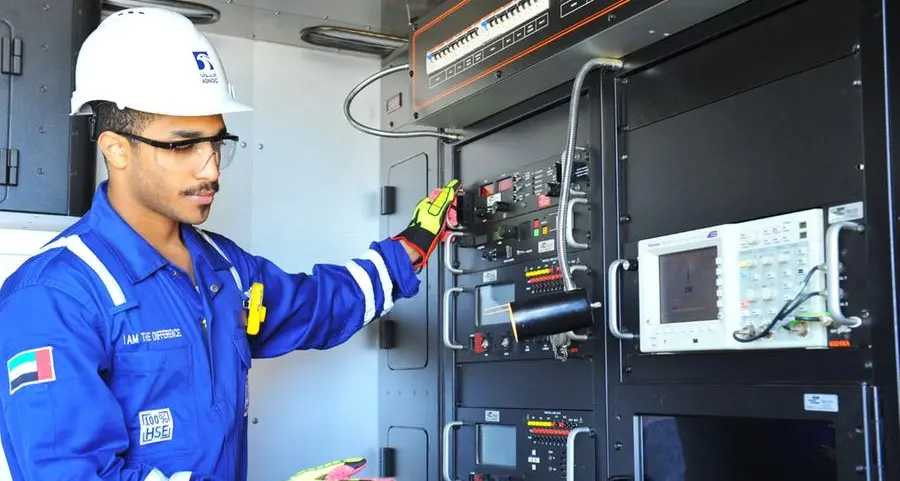Ahmed Kotb reports on the increased reliance on solar power for energy production
"More than 1,500 megawatts (MW) of electricity generated from solar energy will be added to the national electricity grid in 2016," Mohamed Al-Sobki, chairman of the New and Renewable Energy Authority (NREA), said during the recent Solar Projects Egypt Conference in Cairo.
Large solar power plants, with production capacities ranging from 20 MW to 50 MW, will start operation in 2016 and will add 1,500 MW to the grid's total capacity before next summer, Al-Sobki said.
The new plants are part of the government's larger plan to expand the use of renewable energy resources to generate 20 per cent of the country's total electricity production from renewables by 2020.
Al-Sobki said that the planned solar and wind energy projects, to be established by 2022, have a total investment cost of $13.5 billion. "The projects will be implemented through direct contracts, bidding and the feed-in tariff scheme," he said.
The feed-in tariff system was approved by the government in September 2015 after lengthy studies to determine a fixed tariff for energy produced from projects under the new system. The new tariff scheme should serve as an incentive for many investors interested in renewable energy projects in Egypt.
The system allows any person or company, public or private, to generate electricity from wind and solar energy and sell it to the national grid, Al-Sobky explained. "This will definitely help the expansion of renewable energy projects at a faster pace," he said.
According to Al-Sobky, individuals who are interested in installing solar panels on their roofs can do so easily. This allows them to cover their energy needs, while supplying the national grid with excess electricity, he said.
"The government is committed to buying excess electricity from households that install solar panels on their roofs, and dues will be settled every three months," he said.
Anyone who has a roof of at least 60 square metres in size is eligible to produce electricity from solar panels and sell it to the government. The government has determined the price per kilowatt of electricity produced at LE84.80, according to Mohamed Al-Yamani, a spokesman for the Ministry of Electricity and Energy.
"A space of 60 metres can host a solar power plant with a capacity of six kilowatts," he said, adding that the pricing system will stay the same for 25 years, which is the expected lifespan of the solar project.
"The potential of solar energy projects in Egypt is huge, with a total of 55 gigawatts that could be generated on Egyptian land which enjoys all-year sun," Al-Sobky said.
He added that 65 per cent of the country's electricity should come from solar-powered power stations by 2050, according to the government plan.
The current share from solar energy to total electricity production is just two per cent, but new solar projects have started operation and several are underway.
The New Urban Communities Authority announced earlier this month that five solar-powered electricity stations have started operation in four of Egypt's new cities: 6 October, 15 May, Sadat and New Minya. The new solar projects have capacities ranging from 45 MW to 90 MW.
Streets lights in several parts of the country are now powered by solar-powered photovoltaic cells. Some cities have started installing the technology on the roofs of buildings in an effort to introduce solar power gradually as a main source of energy.
The Ministry of Electricity and Energy has announced that thousands of buildings in Upper Egypt currently use solar-powered photovoltaic cells as their main source of electricity. This process has been given a boost following the frequent power cuts that Egypt has experienced over the past few years.
In October, 44 Arab and foreign companies obtained new tender documents for construction of a new solar power plant proposed by the NREA with a 200-MW capacity as a build-own-operate project.
© Al Ahram Weekly 2015











